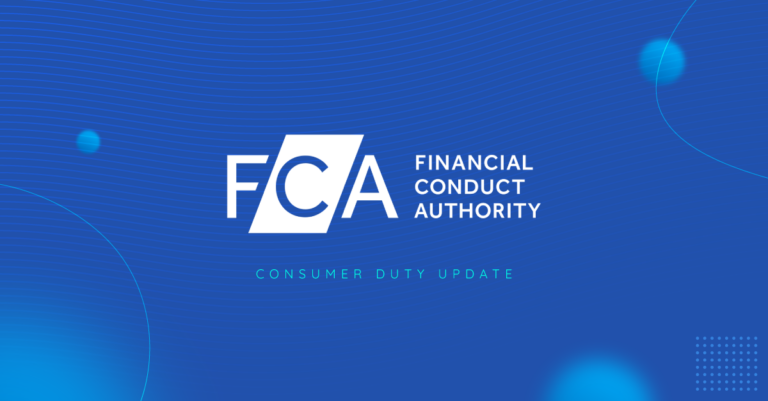CRM is a moving target of definitions and associations. Even full time professional industry watchers such as Paul Greenburg have to update the standard definitions to reflect the evolution of this market – a market that Gartner forecast will be worth $36.7 billion in 2017.
If you think of CRM as being like a whole marketplace such as cars or fashion, it becomes easier to appreciate that it going to come in all sorts of shapes and sizes.
Some versions are suited to the complexities of a business unit within a global enterprise, while others fit the simpler needs of an SME. Some aim to provide a balanced portfolio of functionality across sale, marketing and service, while others remain rooted in the sales discipline.
However, what binds them all is that CRM provides organisations with a common system of record for what is known about their customers.
This might begin with capturing the initial set of interactions required to become a customer. After all, tracking sales pipelines is what CRM is probably most famous for.
Over time, it might expand to include all ongoing engagement and transactions. These might be automatically imported into CRM to provide a single view of what is known about the customer.
As the volume and quality of customer data grows, organisations naturally become interested in the broader insights that can be generated. Common and distinct customer behaviours can be identified through analysis. This leads to fresh insight into customer needs and opportunities for relevant customer messaging.
Indeed we are now entering a new phase of automated insight as promised by AI fuelled deep learning solutions. These will continuously trawl through the increasingly large datasets now captured in CRM to surface ‘next best actions’ for sales team or customers with ‘ideal’ profiles for personalised marketing.
So how do contact centres benefit?
First and foremost CRM can help the customer reach the best resource. Whenever the customer’s chosen form of contact is recognised from their existing record, a set of business rules can be triggered at the initial point of interaction
Beyond the undoubted convenience of automatically opening the right customer record on the advisor screen to help guide them in terms of customer identity and whatever previous interactions and transactions might need referring to, there are smarter things that can be done as well. For instance:
- The lifetime value of a customer is used to offer different levels of service. Some customers are prioritised during busy times as a result
- Certain situations such as outstanding payments or immanent renewals are routed to specialist teams
- Consistently low scoring NPS customers are routed to another team focussed on understanding why they feel this way
- Customers are offered a ‘random act of kindness’ to acknowledge their loyalty based on how long they have been active customers
Once CRM has been used for this initial routing, it often continues to play a core role until the customer enquiry is resolved.
For instance, in today’s world of customer journeys, many use their CRM to standardise the key stages and specific tasks in order to a deliver a consistent level of service. CRM solutions that offer strong workflow and journey design capabilities are best suited for these duties.
CRM can also be used for case management. This is useful when enquiries are complex or spread over time and all relevant information and interactions need to be grouped together and easily retrieved.
Most CRM systems also offer great flexibility in terms of customisation. Both the core customer record and management reports can be tweaked to suit most data capture and analytical goals.
For instance, voice of the customer data can either be housed directly in CRM or dynamically connected if a dedicated solution is preferred. Some even allow automated capture of voice interactions into the customer record as ‘raw’ material for voice of the customer analytics. This can transform how individual customer interactions are approached. Or indeed how certain journeys or products are improved.
Of course simply capturing more and more customer data does not deliver value for either brand or customer. Closed loop decision making based on actionable insight has to guide all data gathering. To state the obvious, if the data can be economically captured and used for the mutual benefit of both customer and brand then it is worth doing.
In summary, CRM provides the customer data, workflow and analytics that fine tunes contact centre engagement into relevant, effective and profitable dialogue.
Great CRM and contact centre infrastructure go together.











 Danmark
Danmark  Sverige
Sverige  Norge
Norge  Finland
Finland  Nederlandse
Nederlandse